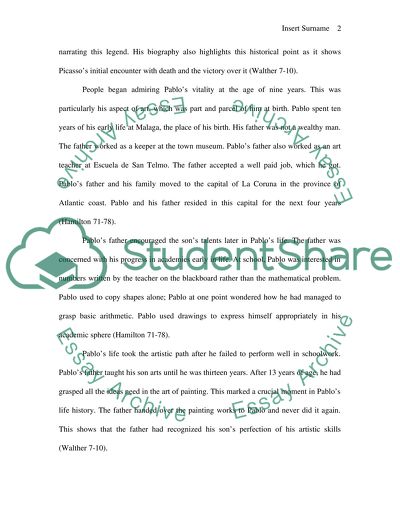Cite this document
(“Perfection of Pablo Picasso's Art Work Research Paper”, n.d.)
Retrieved from https://studentshare.org/visual-arts-film-studies/1611619-perfection-of-pablo-picasso-s-art-work
Retrieved from https://studentshare.org/visual-arts-film-studies/1611619-perfection-of-pablo-picasso-s-art-work
(Perfection of Pablo Picasso'S Art Work Research Paper)
https://studentshare.org/visual-arts-film-studies/1611619-perfection-of-pablo-picasso-s-art-work.
https://studentshare.org/visual-arts-film-studies/1611619-perfection-of-pablo-picasso-s-art-work.
“Perfection of Pablo Picasso'S Art Work Research Paper”, n.d. https://studentshare.org/visual-arts-film-studies/1611619-perfection-of-pablo-picasso-s-art-work.


